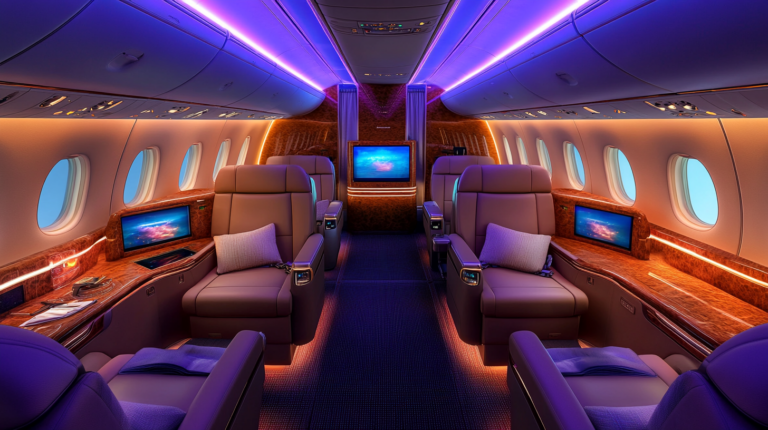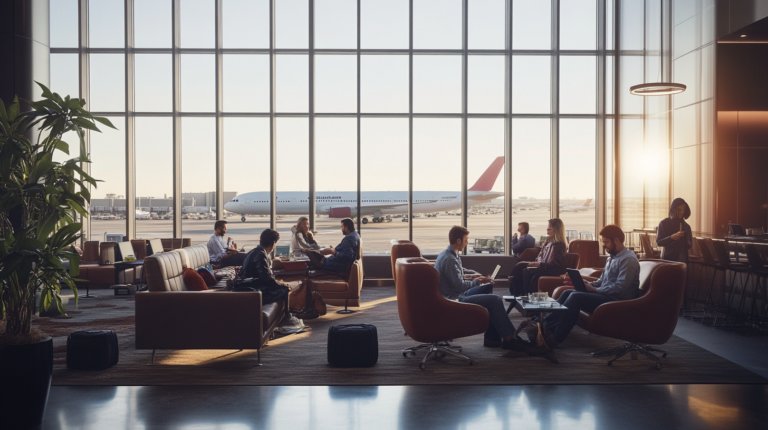Taming Sky-High Business Travel Costs
Business travel keeps evolving, especially now in 2025, and I’ve noticed firsthand how lodging, airfare, and meals can escalate faster than the average traveler expects. Popular destinations tend to have higher taxes, surcharges, and limited room availability—making it easy to blow past your planned budget. Although the business world tries to keep expenses under control, mixing personal upgrades with company trips can lead to inflated spending.
Why Costs Keep Climbing

From my observations, even a short three-day domestic trip can become pricey, rapidly jumping into the $1,300 range—especially when you add in premium seats, tasty but expensive dinners, and city transportation fees. According to a 2024 report by the Global Travel Association, business travelers have spent 12% more each year since 2023, highlighting how quickly these costs climb. Throw in rising airport fees and surcharges, and it’s no wonder so many travelers find themselves with higher bills than anticipated.
In many cases, I’ve seen colleagues mix in family meet-ups and a little R&R, which can muddy the expense lines between personal and business. The true challenge is pinpointing those hidden costs—like hefty resort fees or sneaky baggage charges—that often get overlooked in initial budgeting. Staying vigilant and comparing multiple booking platforms or airline websites can sometimes yield better deals on both flights and hotels.
It also pays to keep track of peak travel seasons. While it might seem obvious, the yearly calendar still catches many of us off guard when it comes to major holidays, school breaks, and key conference weeks. Diarizing these peak times can help you schedule a trip that’s both cost-effective and less congested, saving you money and a whole lot of stress.
Navigating the IRS Maze

I’ve personally discovered that the tax rules around business travel can be more complicated than some flight connections. According to IRS Tax Tip 2025-15, typical deductions include flights, lodging, and meals directly tied to business, but only for trips away from your tax home that do not exceed a one-year period. Anything beyond that isn’t considered deductible under the usual guidelines. This means if you’re repeatedly traveling to the same project location for over a year, you might be out of luck on certain deductions.
Newcomers to business travel might be surprised at how specific the rules are. For instance, certain conferences outside North America require extra documentation, and military reservists or National Guard members have their own set of stipulations. In my own travels, I keep a color-coded folder—physical or digital—just to ensure I’ve got all receipts and records ready to present. It’s amazing how a missing cab receipt from a weeklong conference can throw off your entire claim.
Transparent policies and precise organization are key. Some of my colleagues swear by scanning apps and receipt management software, so they never have to chase old paper receipts. When you’re juggling flight changes, client dinners, and last-minute hotel adjustments, having a tidy system to document each cost can mean the difference between a smooth filing and an audit headache. The IRS guidelines might appear strict, but with consistent record-keeping, you’ll stay on track.
Smart Budgeting Hacks

I’m a big fan of using per diem rates. In my own experience, it simplifies the budgeting process: you get a flat rate based on the city you’re visiting, and it helps avoid those awkward moments of trying to justify a fancy steak dinner. But beyond per diems, there are other strategies. One of them is implementing corporate cards that automatically categorize spending—helpful if your company uses real-time analytics or AI-driven platforms like TPE.
Speaking of platforms, automated tools such as Fyle or Navan add a layer of convenience by centralizing expenses and making reimbursements seamless. A recent study suggests that automated expense platforms reduce claim errors by up to 40%, cutting down on those last-minute scrambles to find missing receipts. Leveraging these tools also helps keep an eye on vendor rates—something that can fluctuate by the day or even hour in some popular travel hubs.
Finally, never underestimate the value of a simple cost calculator before you set off. I often do a pre-trip tally that includes airfare estimates, hotel rates for your chosen dates, a meal allowance based on typical city prices, and a buffer for miscellaneous fees like parking or tolls. When you see the projected total right in front of you, it’s easier to spot where you might be overspending. It’s also a great way to find areas you can cut back without sacrificing comfort.
The milesBUZZ Bottom Line

For many of us, business travel is still one of the best ways to seal deals, foster personal connections, and stay visible in our industries. Yet the costs of flights, lodging, and unexpected extras can creep well above your initial budget. Staying organized, leveraging modern tech, and being mindful of IRS rules can save you both money and headaches.
I’ve learned that small details really do matter. Whether it’s choosing an off-peak arrival day to snag a cheaper rate, or documenting every meal right away, these steps keep your final tab under control. And let’s not forget the intangible benefit of a stress-free return—there’s nothing quite like landing back home without any nagging doubts about your expense report.
Final Thoughts

Business travel doesn’t need to be a wallet-buster if you plan each component strategically. Keep an eye on airfare trends, select accommodations with consideration for both comfort and cost, and always confirm your understanding of tax rules. Small efforts throughout your trip add up to significant savings in the end.
It also helps to remember that each journey is an opportunity to glean new insights. From my own perspective, the key is staying flexible and prepared—because no two trips are the same. By adopting a proactive mindset, your business travels can remain both productive and budget-friendly.
Barry B.’s Take
There’s a certain buzz to business travel that makes it more than just a series of flights and meetings. Each airport lounge, hotel lobby, or local café is a chance to see the world’s pulse from a new angle. That’s why, even with rising expenses, I find the experience invaluable—because it’s not just about the spreadsheets or frequent flyer miles, but about connecting life’s dots across the globe.
If you’re equipped with the right tools, a keen awareness of costs, and a willingness to adapt, you can transform every trip into a journey that’s worth more than any receipt. That’s the spirit I try to bring along whenever I pack my bags.







